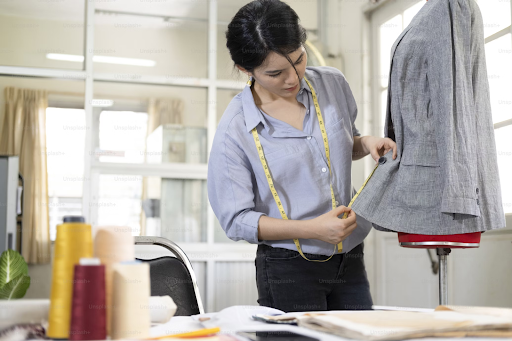A good kitchen splashback can make all the difference in your kitchen design. It can help you create a space that feels welcoming and warm—or one that makes you feel like you’re in a showroom!
Investing in a splashback can be a great choice for several reasons:
Easy to clean: A splashback is usually made of materials such as glass, stainless steel, or acrylic that are easy to wipe clean. Unlike tiles or paint, which can accumulate dirt and grime over time, a splashback can be quickly cleaned with a damp cloth and a mild cleaner.
Durable: Splashbacks are designed to withstand heat, moisture, and other kitchen hazards. This means they are less likely to crack, fade, or peel over time, as can happen with painted or tiled walls.
Stylish: Splashbacks come in a range of colours and finishes that can complement any kitchen design. Whether you prefer a modern, sleek look or a more traditional style, there is a splashback option that can match your taste.
Hygienic: Because splashbacks are easy to clean and do not have grout lines like tiles, they can be more hygienic. This is especially important in a kitchen where food particles and bacteria can accumulate.
Increased home value: Investing in a high-quality splashback can add value to your home. Potential buyers will appreciate the durability and style of a well-designed splashback, which can make your home more attractive to buyers when it’s time to sell.
Overall, while tiles and paint may be more affordable options initially, investing in a splashback can be a smart choice in the long run due to its durability, easy maintenance, and style.
FAQ’s About Splashbacks
Here are some frequently asked questions about splashbacks:
What materials are commonly used for splashbacks?
Common materials used for splashbacks include glass, stainless steel, acrylic, porcelain, and natural stone such as marble or granite.
How do you install a splashback?
The installation process for a splashback will depend on the material you choose. Glass splashbacks are typically installed with adhesive, while stainless steel or acrylic splashbacks may require screws or other fasteners. It is recommended to hire a professional to install your splashback to ensure that it is done correctly and safely.
Can splashbacks be installed over tiles?
In most cases, yes. However, it is important to make sure that the surface is clean, flat, and free of any loose tiles or grout before installation.
Can splashbacks be customized to fit specific kitchen designs?
Yes, many splashback manufacturers offer custom options to fit specific kitchen designs. This includes customized sizes, shapes, and colours.
How do you clean a splashback?
Most splashbacks can be cleaned with a damp cloth and a mild cleaner. However, it is important to follow the manufacturer’s cleaning instructions for the specific material you have chosen.
How long do splashbacks typically last?
The lifespan of a splashback will depend on the material and quality of installation. Generally, high-quality splashbacks can last for many years with proper care and maintenance.
Are splashbacks heat-resistant?
Most splashbacks are designed to be heat-resistant, but the degree of resistance will depend on the material you choose. For example, glass splashbacks are typically more heat-resistant than acrylic splashbacks.
Can splashbacks be used in bathrooms?
Yes, splashbacks can be used in bathrooms as well as kitchens. The same materials and installation methods can be used in both spaces.





